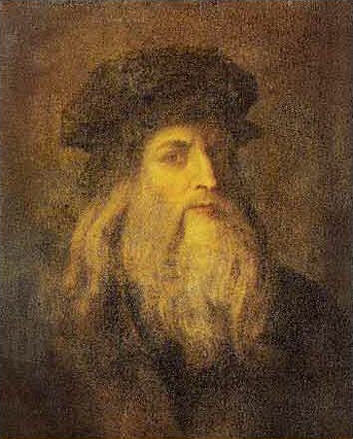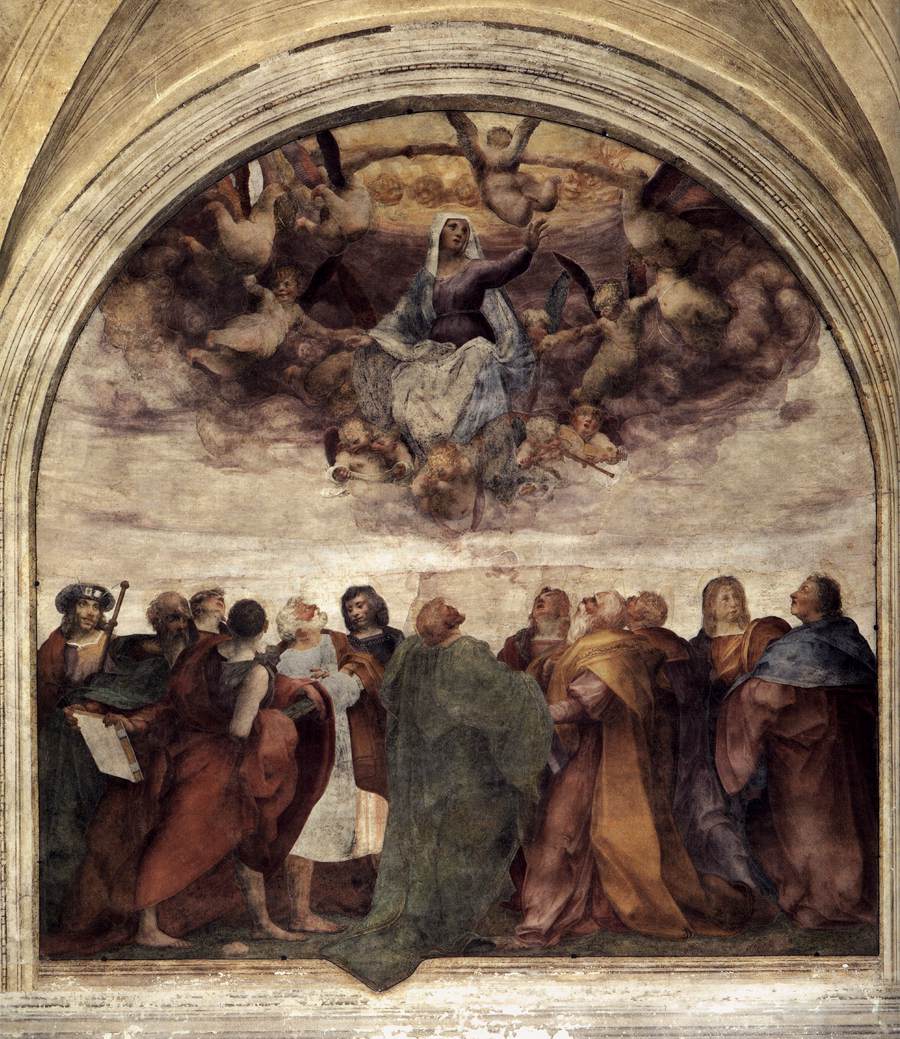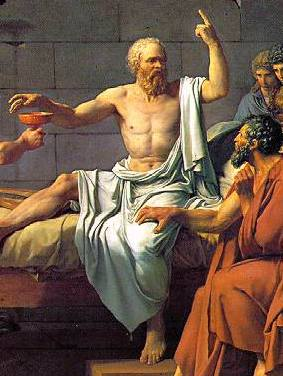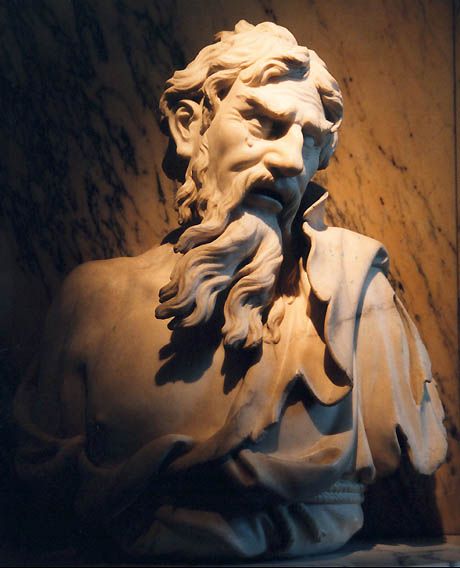
Antisthenes (c. 444-365 BC), the founder of the Cynic school of philosophy, was born at Athens of a Thracian mother, a fact which may account for the extreme boldness of his attack on conventional thought.
In his youth he studied rhetoric under Gorgias, perhaps also under
Hippias and Prodicus. Some suggest that he was originally in good circumstances, but was reduced to poverty.
However this may be, he came under the influence of Socrates, and became a devoted pupil.
So eager was he to hear the words of Socrates that
he used to walk daily from Peiraeus to Athens, and persuaded his friends accompany him.
Filled with enthusiasm for the Socratic idea virtue, he founded a school of his own in the Cynosarges. Thither he attracted the poorer masses by the simplicity of his life and teaching.
He wore a cloak and carried a staff and a wallet, and this costume became uniform of his followers.
Diogenes Laertius says that his works filled ten volumes, but of these, fragments only remain.
His favourite style seems to have been the dialogue, wherein see the effect of his early rhetorical training.
Aristotle speaks of him as uneducated and simple-minded, and Plato describes him as struggling in vain with the difficulties of dialectic.
His work represents one great aspect
of Socratic philosophy, and should be compared with the Cyrenaic and Igarian doctrines








































